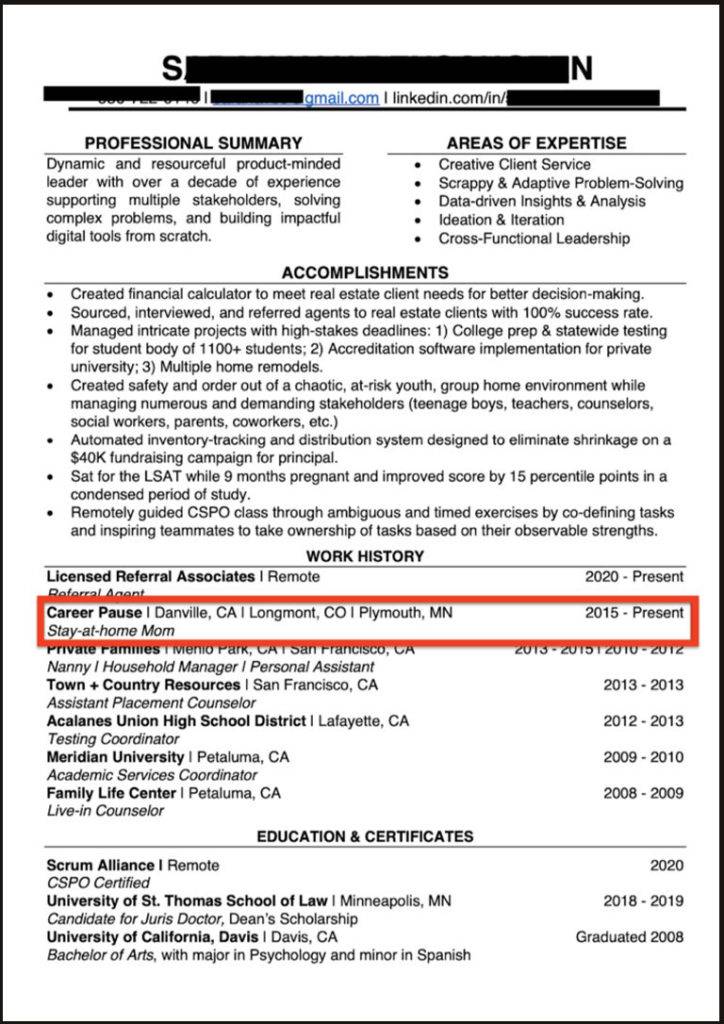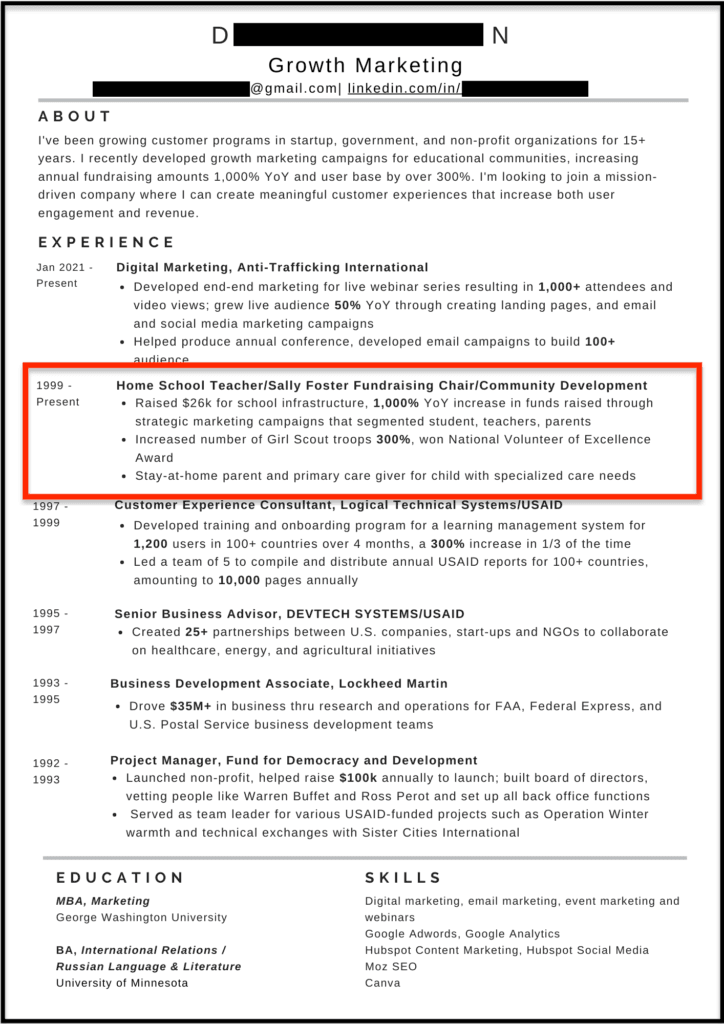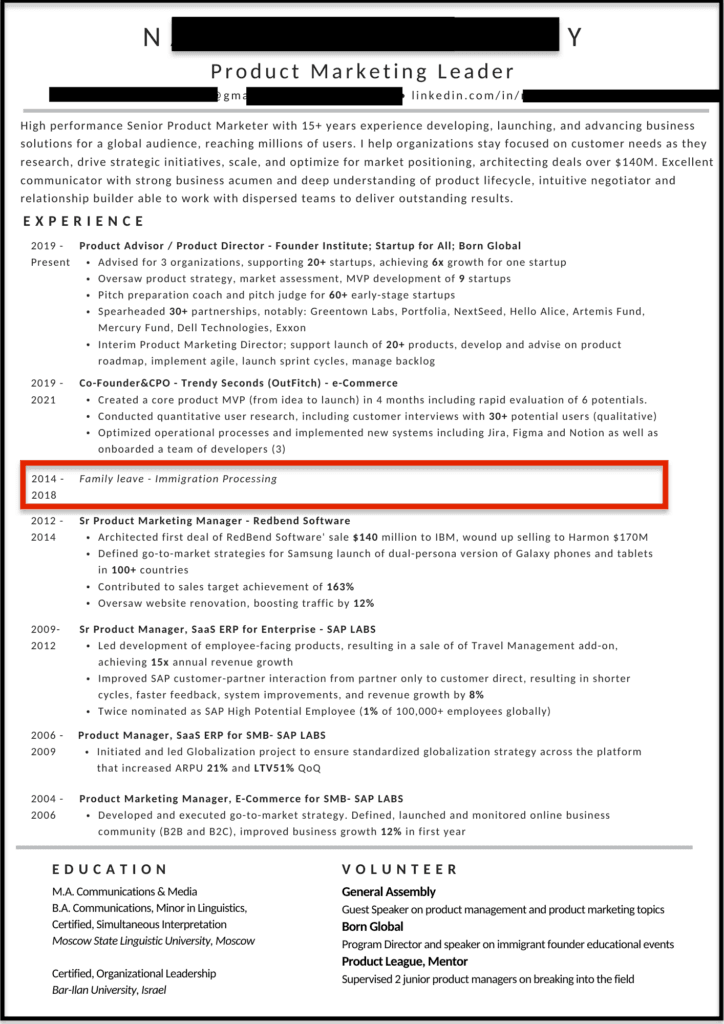I’ve always embraced change. Brought up in Spain, I got my MBA in the UK, worked as an intern for a real estate company in Miami and then in private banking in Geneva before launching a fashion brand in Los Angeles. But by the time I became pregnant with my baby girl in March 2021, I was working in Madrid as COO of Medcap Real Estate, my family’s business. I come from a family of entrepreneurs, and my mom always taught me to be independent and to work hard to create a life I am proud of.
I’d been investing in Crypto since 2016 and discovered NFTs and Web3 four years later. But for whatever reason I became enthralled with it during my pregnancy. I started learning about blockchain technology, minted my first NFT, and then decided to rescue my forsaken Twitter account so I could follow people prominent in the space. On December 18th I gave birth to Ginevra, and I distinctly remember asking my husband about the floor price of my NFTs from my hospital bed. Crazy? Absolutely.
I took advantage of Spain’s standard 4 months of maternity leave. I was super tired and also sad and sensitive all the time — postpartum depression is real. Web3 provided a needed distraction, and the process of learning felt good, as if I were nurturing myself and the baby at the same time.
Somehow, becoming a mom with all of the related hormonal disruption plus my deep dive into Web3 provoked another change in me. I realized I had an easy life. I was comfortable and very lucky. My baby was healthy. I had an amazing family, a great job and good friends. But I also realized that I needed more. I felt compelled to pursue something bigger, to create something important for my daughter. I needed to prove to her that women are strong. That we can do anything.
As I gained more and more followers on Twitter, I began working as a Web3 advisor, helping friends launch their NFT collections and acting as an ambassador for NFT communities. I started posting motivational quotes and advice to help other women in the industry. And I credit Ginevra for all of this, because as I was breastfeeding, I was also working, chatting, and learning. It was a moment for us to be together, and also for me to work on my future career. And since I was nursing every 3-4 hours around the clock, I was able to meet and chat with people from all over the world — and I loved it.
Having promoted music festivals in Spain on and off as a fun side gig, I was very familiar with the flaws of the ticketing industry. I found a solution to those problems in blockchain technology, and soon after quit my job as COO to work full time on my startup.
I’m not going to say that working from home with a baby is easy. It’s not. But somehow when we become mothers, we gain power and strength we didn’t have before. Freedom in motherhood begins when you let go of the mom you think you should be and embrace the mom you are.
My daughter is my motivation. She gives me courage and determination to make anything happen. I’m working hard now so that as she grows, I can spend more time with her and show her what her mom built. All I hope is that years from now, when she sees the life I’ve created for her, she’s proud I am her mom.
Mireia de Andrés Puyol is the former COO of Medcap Real Estate and cofounder of Reveler. You can find her on Twitter at @missnft91.






